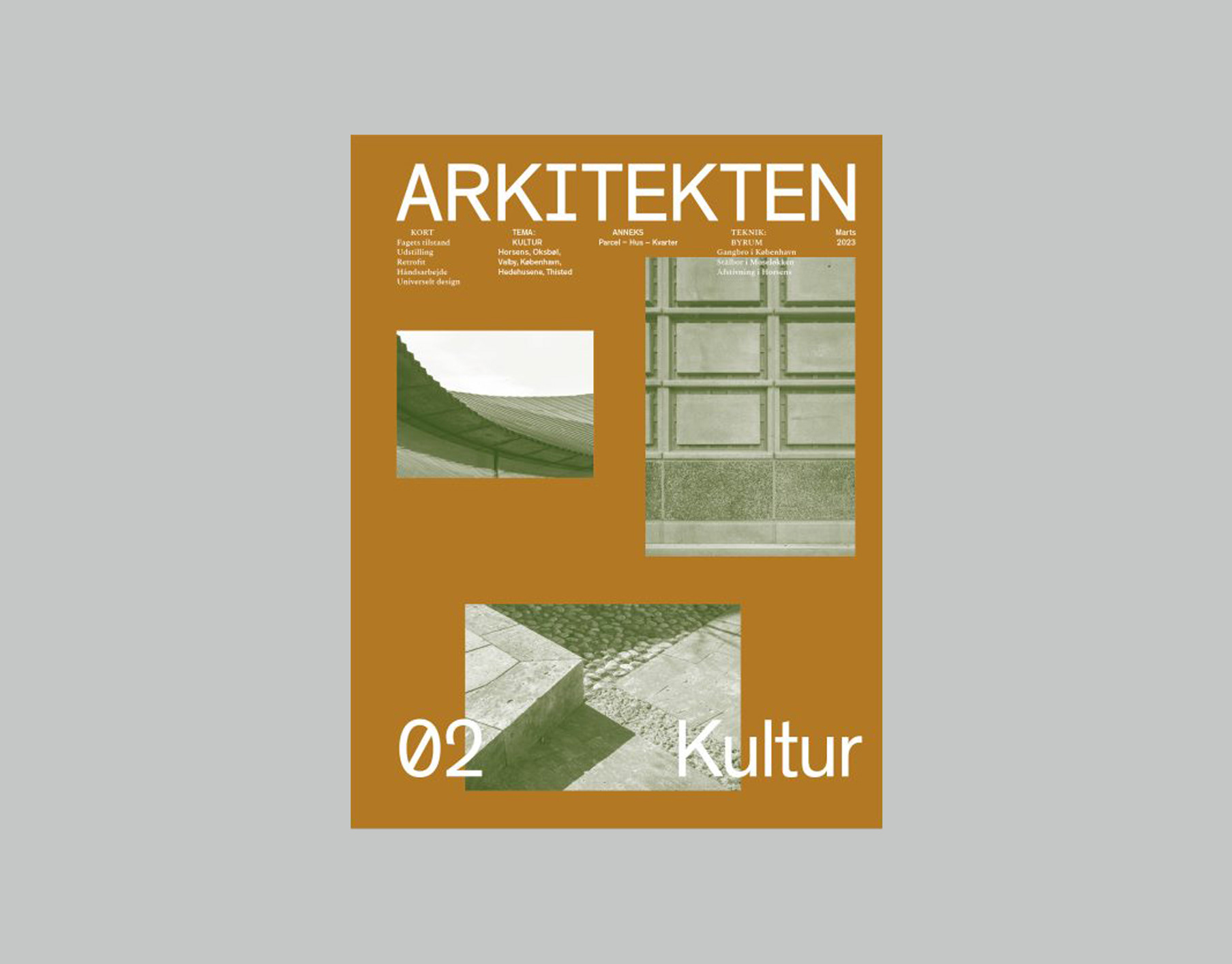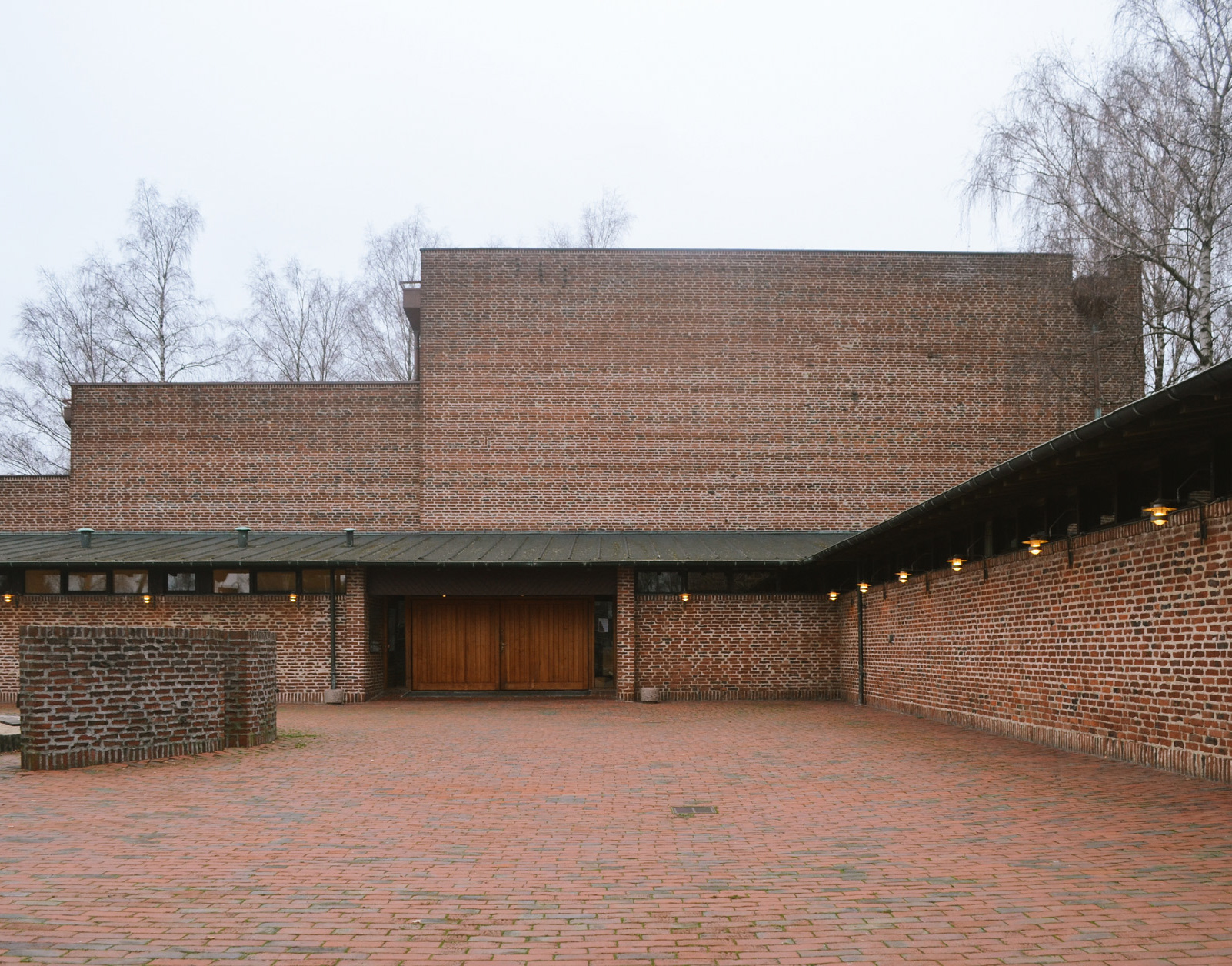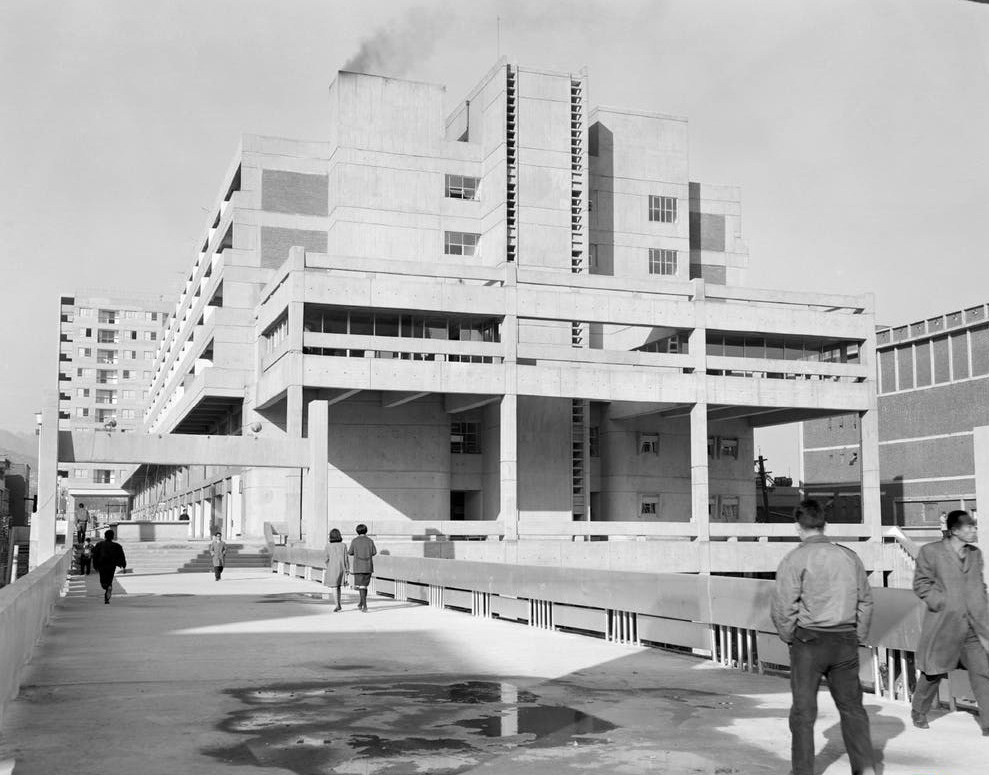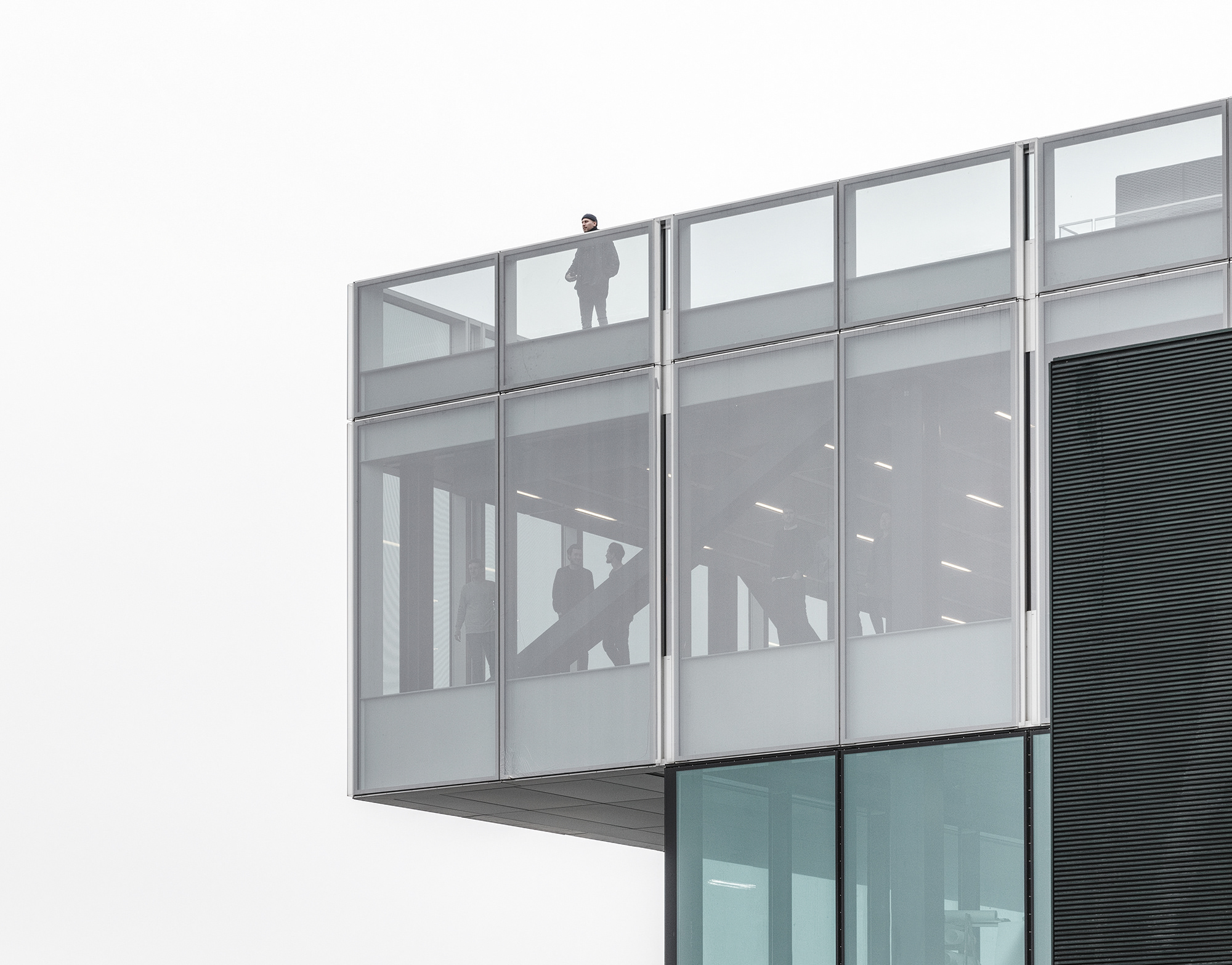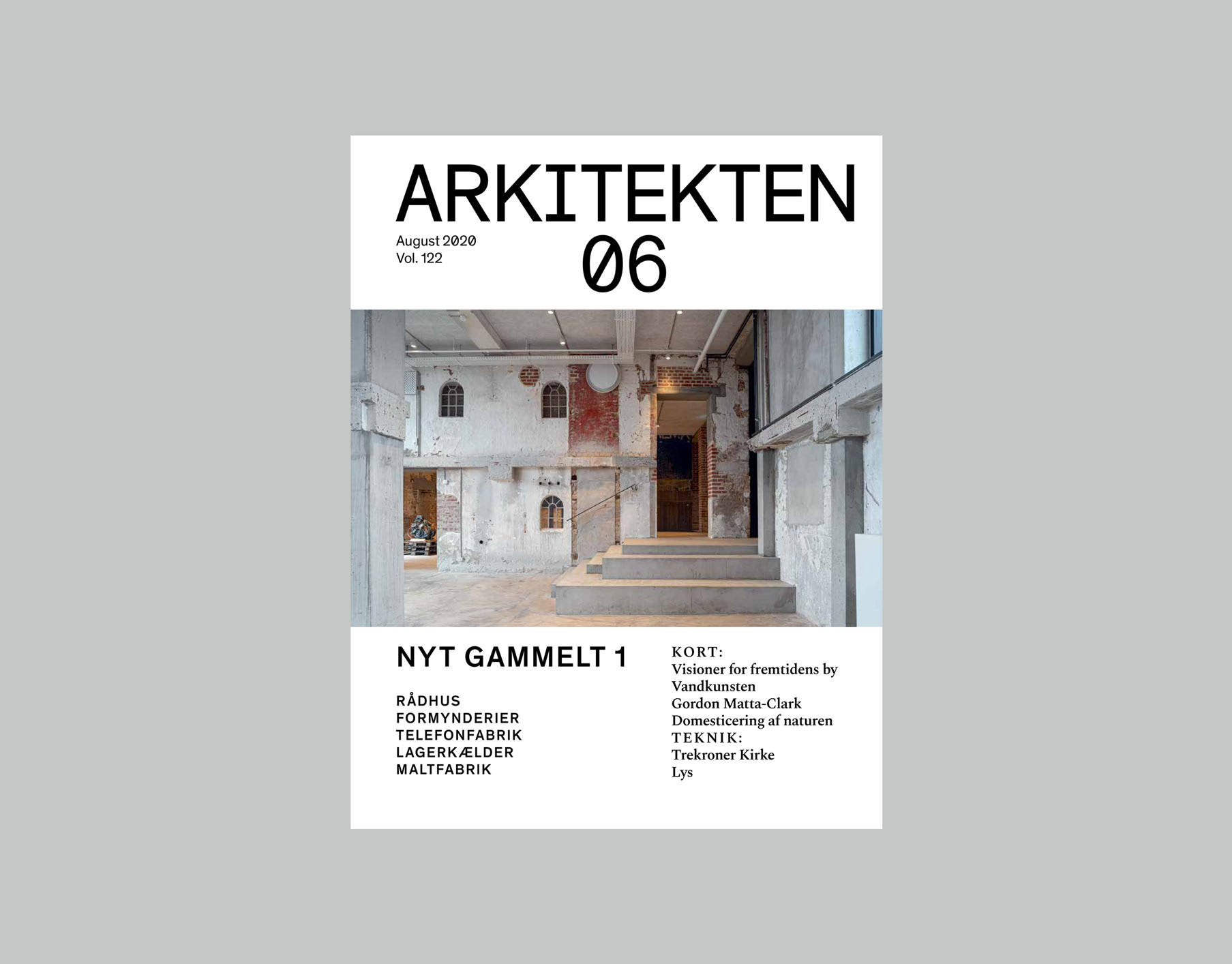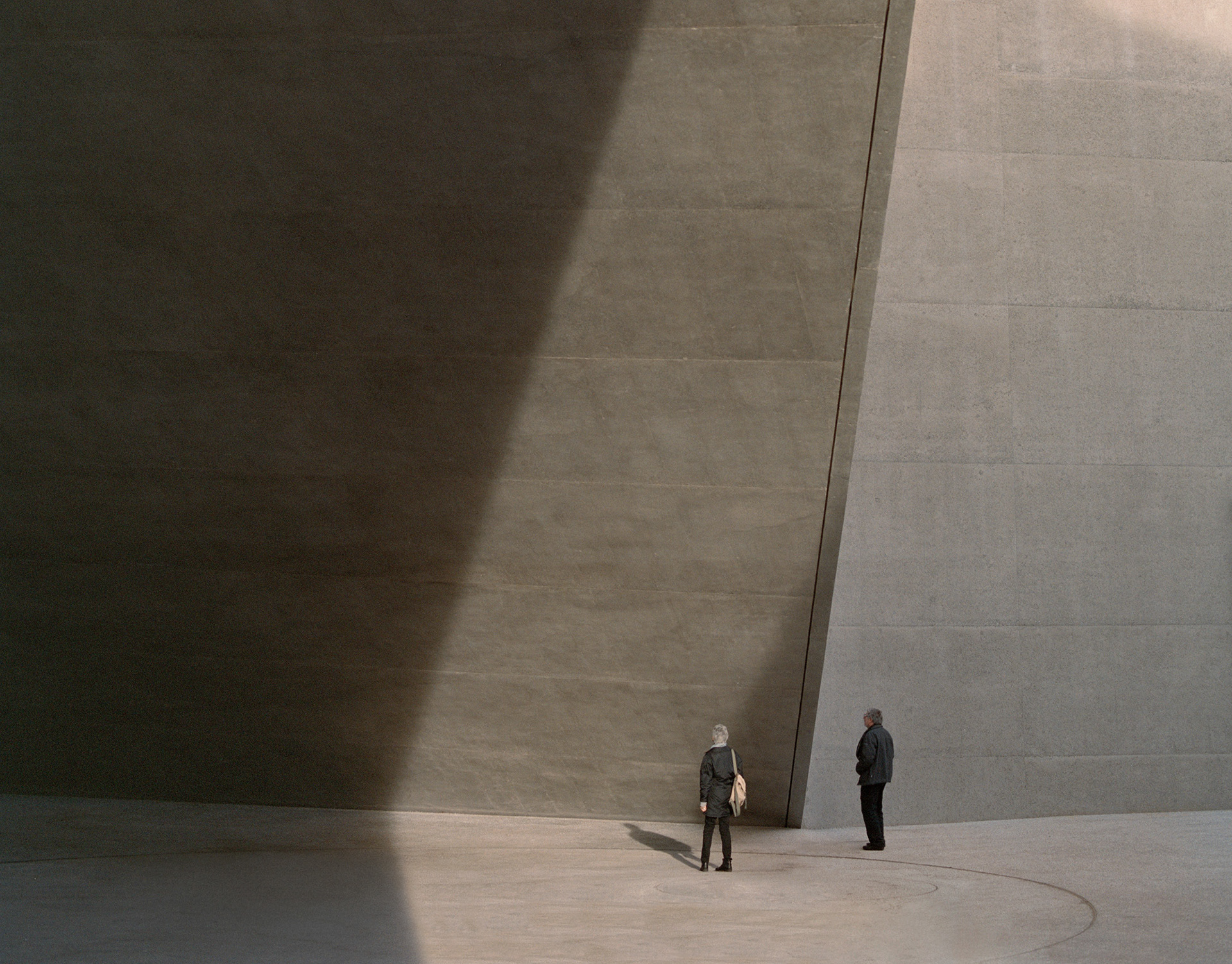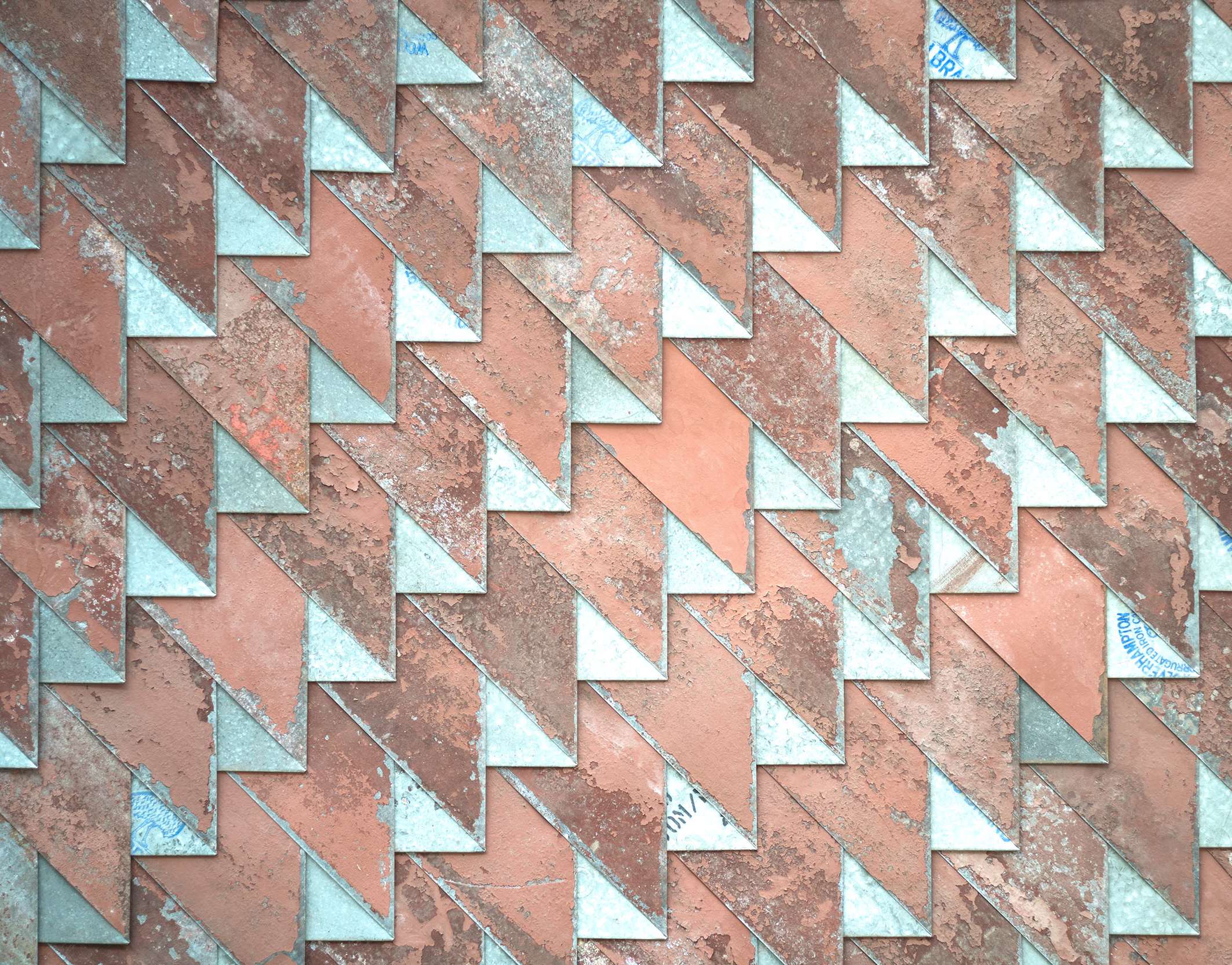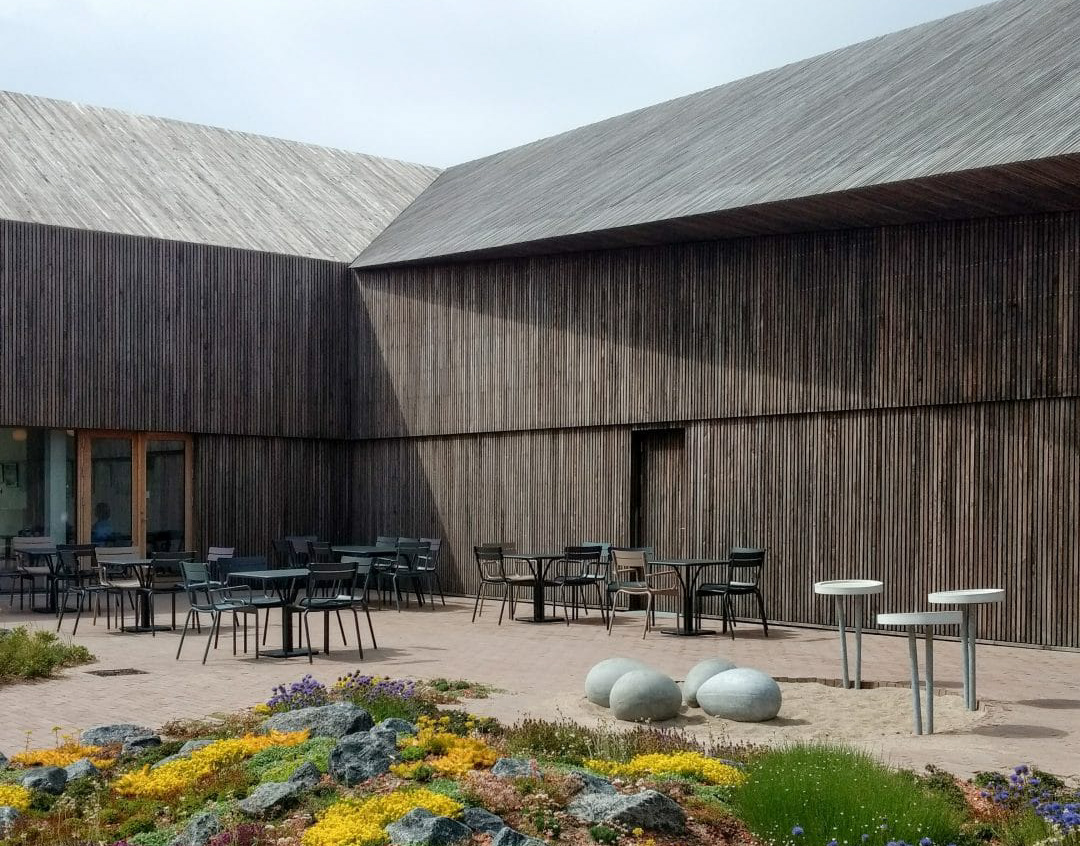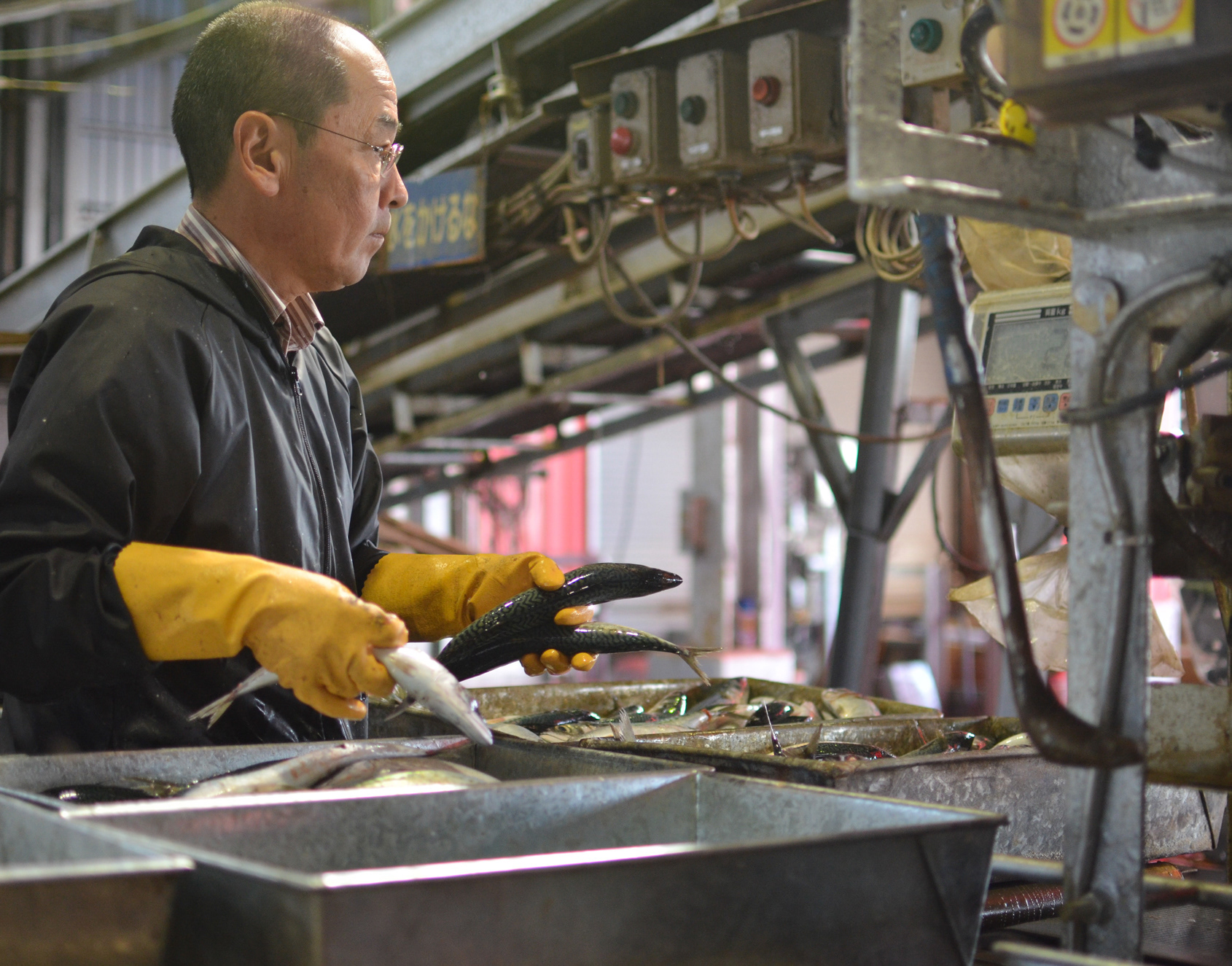This anthology was commissioned by Natalie Mossin (curator of the Danish Pavilion at the 2018 Venice Architecture Biennale) and the Danish Architecture Center (commissioner for the Danish Pavilion at the Venice Architecture Biennale), on the occasion of the 16th Venice Architecture Biennale. The texts are available online at arcspace.com, and published by the Danish Architecture Center.
Words - Benjamin Wells
Edit - Robert Martin / Benjamin Wells
The Danish contribution to the Venice Architecture Biennale presents a Danish approach to innovation through four architectural projects selected by curator Natalie Mossin. This anthology explores and expands on the themes of the Danish Pavilion - collaboration, innovation and sustainable development - and was commissioned to accompany and support the exhibition.
Innovation has become the answer to the future. Business, science, technology, politics, design - all have defined innovation as their mantra and their objective. Innovation is not a new phenomenon, nor is its collaborative nature (it is as old as mankind’s insatiable curiosity to discover and create), but only recently has ‘innovation’ become an end in itself, with all from tech start-ups to blue-chip companies to universities claiming to be playing the innovation game. This trend has not escaped the design world, with architecture and design featuring alongside disciplines as diverse as biotech, education and sports in lists of the world’s ‘most innovative companies’. Design studios of all forms claim to offer the product of innovation, and the term has become as ubiquitous as the ‘sustainability’ label. As graphic designer Michael Bierut once put it, ‘it’s not hard to see why innovation is becoming the design world’s favorite euphemism. Design sounds cosmetic and ephemeral; innovation sounds energetic and essential’.
Innovation appears to be the answer. But what was the question?
The current fixation on design innovation has arisen from a realization that the last few decades of human development have drastically increased our reliance on technology and products, and thus our need for further innovation. Coupled with the aggressive hyper-competitiveness intrinsic to an increasingly globalized and interconnected world, this paradigm attaches significant value to the new and the original, demanding it at an ever faster rate. It advocates the ‘radical’ and the ‘disruptive’ - innovations with the potential to transform the status quo - but doesn’t necessarily disclose why. In actuality most innovation is cumulative and incremental, building on existing knowledge in a steady process of refining what already exists. But as the quantity of global, accessible knowledge rises exponentially, the process of innovation follows, becoming increasingly productive but also nonlinear and contingent in nature. In this way sociologist Helga Nowotny suggests that ‘the term innovation captures the essence of modernity in its iterative dynamic … for innovation contains a self-fulfilling prophecy - namely that only further innovations will provide the means to master the problems that innovation also creates.’ Perhaps this is the question we were looking for. The evolving complexity of innovation demands ever more innovation, regardless of its consequences.
Innovation has always been inevitable, and is becoming increasingly so. But it has now become an imperative, precisely because of the severity of the problems it has left in its wake - namely the existential crisis of climate change. The Danish philosopher K.E. Løgstrup suggested that it is these unintended effects of technological innovation that have the lasting impact, speaking of the ‘the world altering power of side-effects’. The scale, complexity and universality of this once unforeseen side-effect has demanded that we reconsider the conditions conducive to innovation, and collaboration has emerged as the preferred strategy. Collaboration has become a prerequisite for transformative innovation, as it has the potential to enable the synthesis of a universal perspective with a particular need. This gives global knowledge contextual relevance, calling on multiple individuals to tackle collective problems. This increasing emphasis on collective and collaborative practice has reframed the innovation question, as it often encourages a more critical reflection on innovation and its benefits and risks.
This is where design becomes a critical component, as ‘design is the conscious activity of creatively combining technological invention with social innovation, for the purpose of aiding, satisfying or modifying human behavior’ (Alexander Manu). Design has the ability to assign a set of values to innovation, direct its path beyond impetuous technological advancement, and to orchestrate a collaborative effort toward this aim. Design is crucial at the early stages of innovation to give form to nascent and emerging concepts, and thus has a vital and transformative agency. As the looming environmental crisis appears in ever sharper clarity, design must assume its position at the centre of this age of sustainable innovation, in which innovation moves beyond its self-perpetuating tendencies.
The Danish Pavilion at the 2018 Venice Architecture Biennale presents four projects that demonstrate the role of design in achieving collaborative and sustainable innovation. Selected by curator Natalie Mossin, these architectural projects - Isoropia, Svinkløv Badehotel, Albertslund South and Hyperloop - are exhibited together as 'Possible Spaces'.
While the actualization of most design and architecture projects involves some level of collaboration, the exhibition places emphasis on this process rather than its final output. All four projects are in development rather than completed, and this draws attention to the ongoing frictions and constraints that are intrinsic to collaborative processes, rather than replicating the polished representation typical of the Biennale. The projects present a diverse range of strategies, constraints and ambitions, but each tells a story of collaboration in search of sustainable innovation.
The undulating Isoropia installation is the product of an interdisciplinary and international collaboration between multiple sectors, which explores the possibilities that are presented when digital design tools allow material behaviors to be understood and actively applied. This methodology allows architectural thinking and digital technologies to become reciprocal, pointing toward an architecture than can be lighter, smarter and more responsive.
The Svinkløv Badehotel project looks to the past before looking to the future, in an attempt to rebuild the figure of a Danish hotel that was devastated by a fire. Architecture firm Praksis Arkitekter orchestrated a collaboration between locals, guests and staff members that encouraged collective remembrance rather than pedantic reconstruction, emphasizing the importance of innovation that finds its relevance in cultural identification and historic continuity.
The process behind the renovation of 1001 homes at Albertslund South also sought to collaborate with users, although acts as a reminder of the compromise intrinsic to democratic and participatory design. Nevertheless, the project is a demonstration of Vandkunsten’s tenacious commitment to forwarding the material reuse agenda, and their collaborative research project has led to innovative proposals for dismantled component reuse. Renovation will become an increasingly large part of construction practice, and the Albertslund project shows that Vandkunsten are ahead of the curve.
The fourth project attempts to give form to the Hyperloop concept with an interdisciplinary and global collaboration that matches its ambitions in size and capabilities. Self-proclaimed innovators BIG are bringing a humanistic touch to the highly technological mobility system, imagining ‘portals’ and ‘pods’ that ‘challenge our habitual understanding of time and space’. The project has had a lasting effect on BIG, who have come to understand the radically innovative potential of such dynamic collaboration.
Mossin embraces the diversity of these projects, suggesting that ‘innovation can be radical and systemic, but it can also take place in many small changes over a long period of time; it may be investment-intensive, but may also take place within the budget of an individual project; it may be well known, or it may be completely new.’ Each has a role to play, and the exhibit reminds us that the challenges of the built environment demand ‘we do things in new ways with new partnerships’, regardless of the scale and scope of the project. The four projects are accompanied by a case study of BLOX - a building that has collaborative innovation as its mantra. While the implications of this explicitly ‘collaborative’ architecture are yet to be fully revealed, it represents a necessary perceptual shift from the individualistic, competitive organization to the collectivistic, supportive one, as manifested in the BLOXHUB innovation lab. While still driven by economic incentives, BLOXHUB is vocal in its commitment to innovation that directly tackles urban issues, and its spatial connection to the Danish Architecture Center is evidence of this.
Sustainable innovation will become increasingly urgent as the scale of our failure to mitigate and adapt to climate change becomes apparent. Architect Indy Johar argues that we must ‘accelerate distributed, decentralized, democratized innovation for the civic good’, and ‘perhaps most critically reimagine the city in this future’. Innovation will become ever more multidisciplinary and collaborative, and the four projects presented at the Danish pavilion show how architectural practice must not only keep up, but can be active in shaping this transition by turning environmental challenges into design opportunities. The projects do not seek innovation as an answer in itself, but are evidence of architects reframing the question.
View at source.
